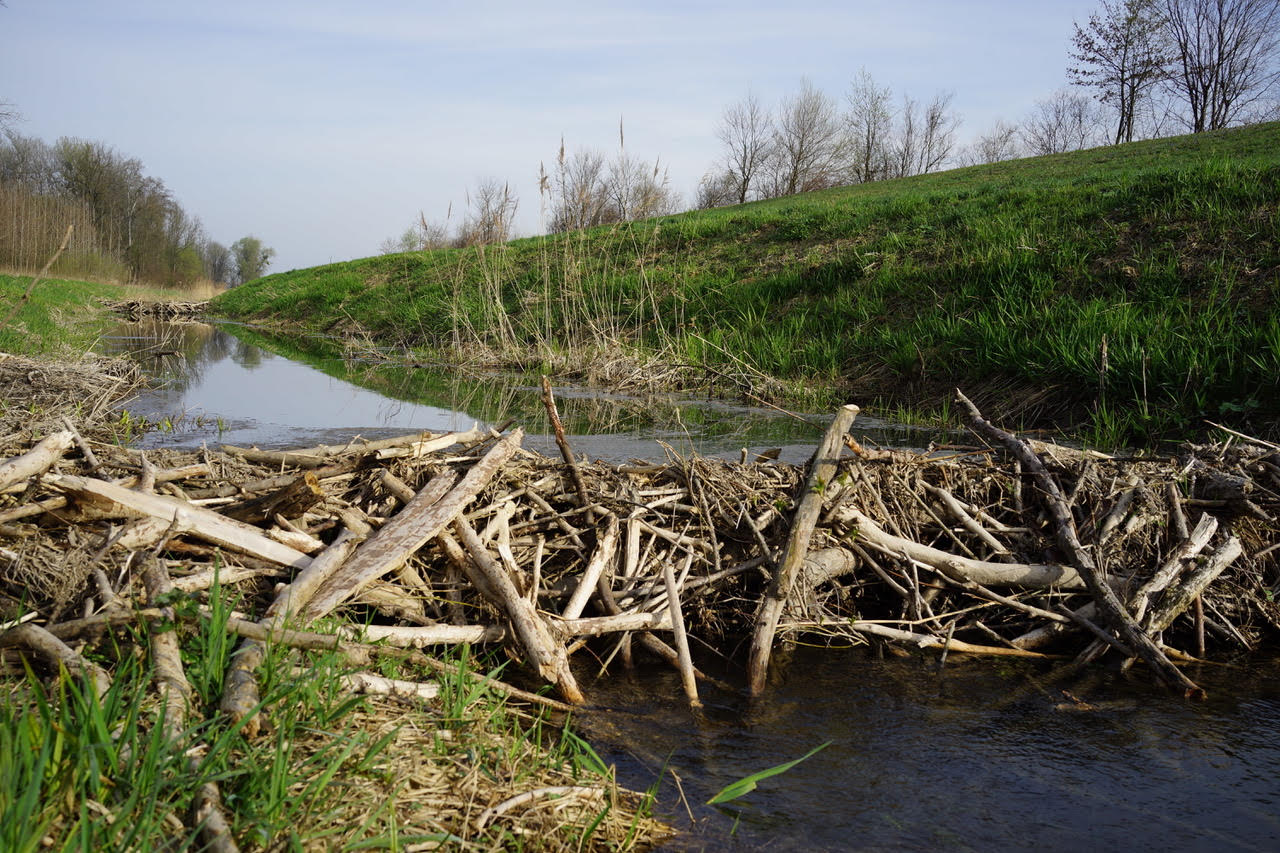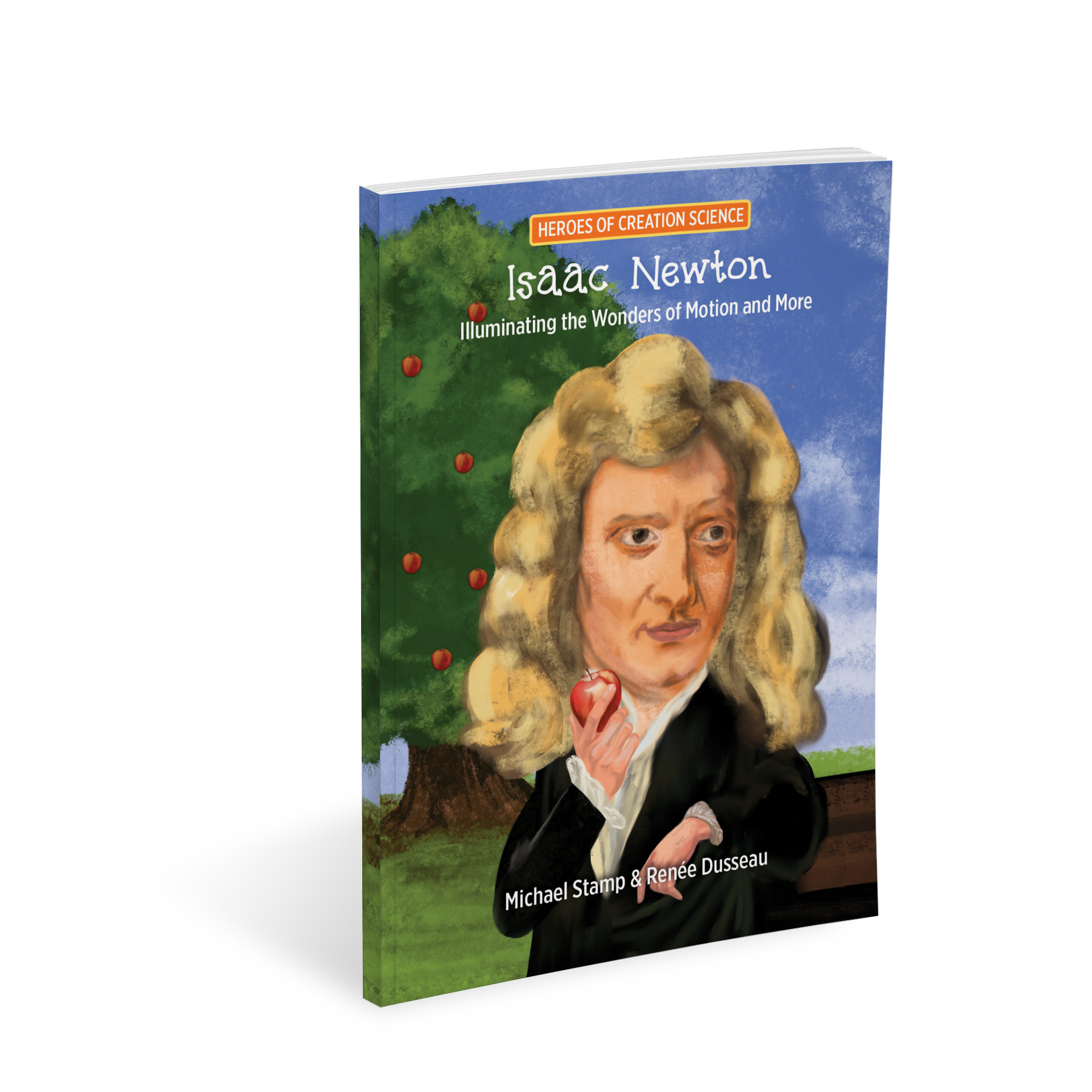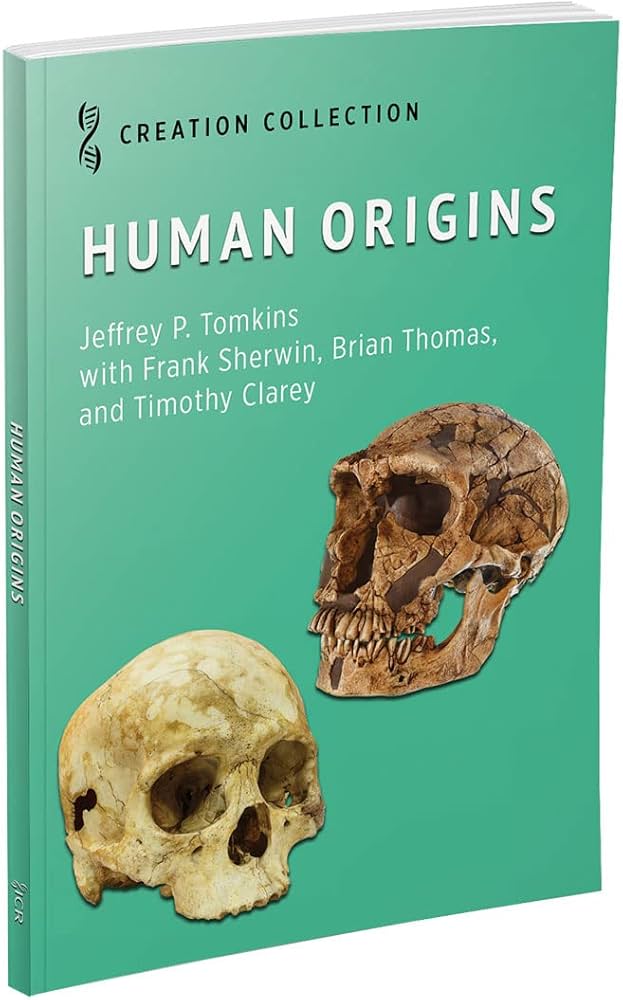Articles » Introductory
“Beyond the Bare Bones” is the theme of CSAA’s Creation Weekend October 15 and 16, 2010 with palaeontologist Dr. Marcus Ross. All the events will take place at Mill Woods Assembly, 66 Street and 23 Avenue in Edmonton. Read the rest of this entry »
There is a reason why people walk down the street with their eyes glued to their cell phones. They want to find out the latest news! It is indeed true that everyone is curious and likes a good story, and especially the ending to a good story. Many stories however actually are never ending. They may start in a very simple fashion, but as time goes on, the details become more and more complicated.
Many stories or interpretations in science, for example, are like this. At first the idea is straightforward, but as more studies are conducted, the story becomes more difficult to follow. Consider, for example, Darwin’s proposals about evolution. He observed that individuals in a population of organisms differed in various small details. He then argued that those individuals which were better endowed, would be the ones to leave more offspring. This was the simple story that Darwin developed to explain evolution. There were many people who did not think that this scenario of changing proportions of traits in the population could explain the appearance of new body plans. The process might explain why there were more big or small individuals (or whatever) in the population, but it could not explain the appearance of new body plans (such as insect or fish) which require a lot of new information compared to that found in other kinds of creature. But no matter, Darwin’s scenario became the basis for evolution theory in the years to come.
Read the rest of this entry »Every family, whether into science of not, should obtain a copy of this book for the sake of their children (upper elementary through high school). This deluxe book, The World of Animals, is a wonderful reference book which describes anatomy and ecological significance of the main groups of animals. Read the rest of this entry »
Among living creatures, it does not take a specialist to realize that jellyfish are not dainty delights of the deep. Although they may be beautiful in appearance, jellyfish are successful predators. Read the rest of this entry »
Most Canadians are rightly proud of the beaver, their iconic national emblem. Indeed, the beaver is a remarkable animal with exceptional talents! Its lifestyle is made possible not only through the wonderful design of its body, but also through in-built skills. The fact is that beavers are the only animals anywhere which can change the landscape to suit their own needs and desires.
Read the rest of this entry »If you have followed the adventures of scientists who collect fossils for a living, you may have noticed that travel to distant lands is often part of their profession. One such account by Derek Ager, published posthumously in 1993 (The New Catastrophism.Cambridge University Press) contains insights garnered from his travels and experiences during the course of a long career in palaeontology. Read the rest of this entry »
The long awaited Illustra Media DVD on the Cambrian fossil record has finally been released. It was worth waiting for! The results are sensational. As far as visual effects go, this one exceeds the quality of Unlocking the Mystery of Life, and The Privileged Planet which Illustra Media also produced, and which set a new high standard for videos about nature. Read the rest of this entry »
It seems a long time ago, yet not a long time ago at all. In the early 1970s Alberta was poised to see a mass immigration of Canadians from other parts of the country, and later people from other parts of the world. The promise of a new prosperity lured many to the province. But ideas were changing too and the schools in the province were about to see a new emphasis on increasingly blatant humanistic and pro-evolution content, especially in science and social studies.
Read the rest of this entry »The 2017 award of the Nobel Prize in physiology and medicine to three Americans, Michael Rosbash, Jeffrey Hall and Michael Young, has served to stimulate our interest in a phenomenon that is actually well-known. We all know why people get hungry about the same time of day, or wake up about the same time, or suffer from jet-lag. It is because of biological clocks. So what was so special about the work of these three scientists? The story actually goes back to 1729! Read the rest of this entry »
Have you ever discovered something new, like a new recipe, a new and better way to carry out a task, or a new object in the sky? Whether you have invented a device which will make you rich, or whether you have identified a new phenomenon in nature, the joy of discovery is a reward in itself. When it comes to identifying new organisms, many people have turned their attention to the rain forest. New plants and new animals, often insects, are routinely described from that part of the world. Deep sea divers have also encountered some very strange creatures from the ocean depths. The sea between Denmark and Sweden, however has been fished for many centuries. We would not expect to find any new creatures in those cold waters, would we? Read the rest of this entry »
As a rule, scientists seek answers. They want to answer the “why” questions. Why, for example, are plants green? Why is blood red? These are very simple queries compared to the biggies like why does quantum physics work. Nevertheless, believe it or not , we are as far from answering why chlorophyll is green, and blood cells are red, as we are from explaining quantum mechanics. Two commentators in fact recently termed the reason blood is red a “visual pun of molecular wit.” (Morrison and Morrison. 1998. Scientific American. March p. 106) The explanation for colour in chlorophyll is similarly obscure. The situation becomes even more interesting when we discover that chlorophyll and the heme component of hemoglobin are chemically extremely similar . Read the rest of this entry »
Some things in nature are so unexpected that our reaction can only be one of wonder or amazement. Did you know that some plants, innocent in appearance, but vicious in character, lurk in ponds throughout the world? These plants attract, catch and eat aquatic insects, water fleas and young tadpoles, fish fry, tiny worms and very young insect larvae including mosquito wrigglers. Read the rest of this entry »
Have you ever read The Enormous Crocodile by Roald Dahl? It is such a fun story! Even grown ups laugh about this nasty scheming reptile who keeps devising new and ingenious ways to catch children for his supper. He describes his schemes as “secret plans and clever tricks.” Various jungle animals however foil each sneaky plan and the nasty croc eventually gets launched by an elephant into outer space. Read the rest of this entry »
Imagine a June evening in south central Canada or the nearby United States. As dusk deepens, tiny dots of light appear on bushes, grass or in the air. The tiny lights seem to flash in code. These remarkable lights are fireflies. The more we learn about these insects, the more amazing they appear. This is certainly not a case of familiarity breeding contempt. Adult fireflies are beetles, but unusual beetles. They possess the ability to produce light within their bodies. The adult phase, which many of us have seen, is short and spectacular. Most adult fireflies last only a few days and their principal purpose is to reproduce. Read the rest of this entry »
Dr. Gordon Wilson featured speaker at Creation Weekend October 2023
October 27 and 28, 2023
Edmonton, Alberta
Meadowlands Baptist Church
Many people love The Riot and the Dance cinematic celebrations of the creation. Dr. Gordon Wilson is the biologist and narrator of these films. Naturally these wonderful programs call our attention to only a small number of interesting stories from nature. But Dr. Wilson has a great store of interesting discussions on the significance of what nature displays! In his presentations he provides insights on the life cycles, diversity, and relationships of living creatures while at the same time acknowledging the impact of natural evil, a result of God’s curse after the fall of man, which results in predators, parasites and disease impacting all creatures.
Read the rest of this entry »











